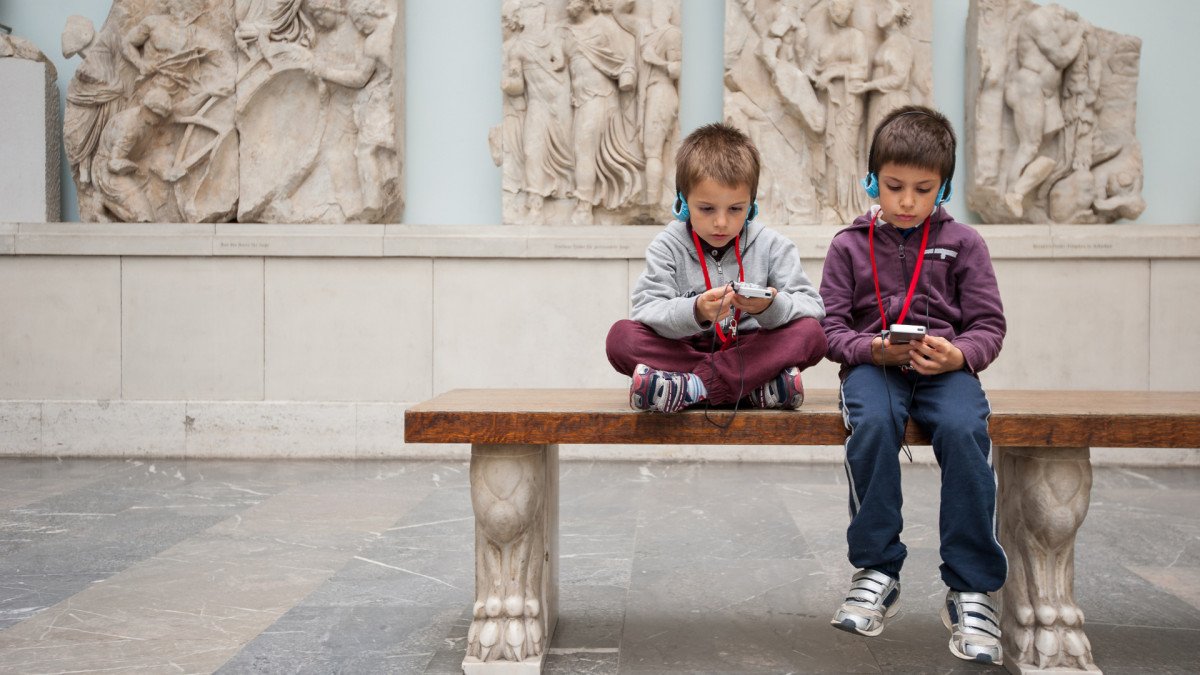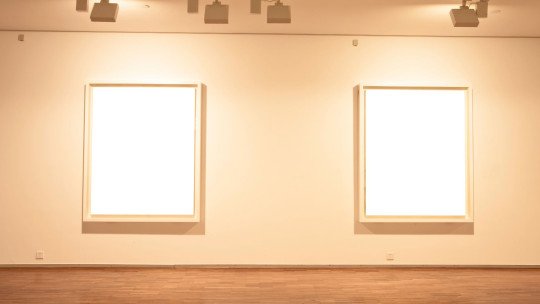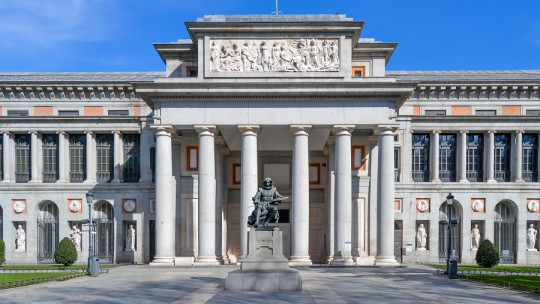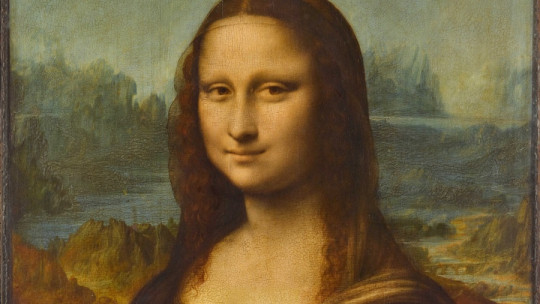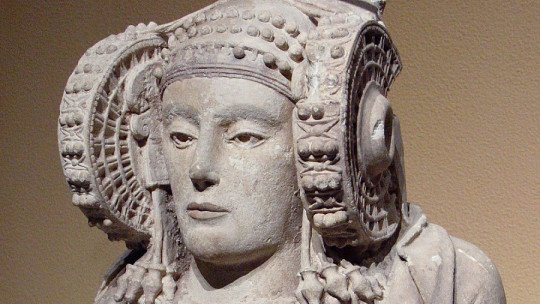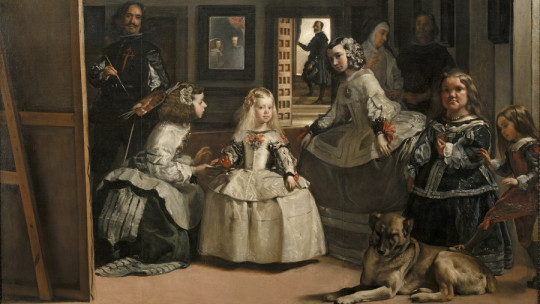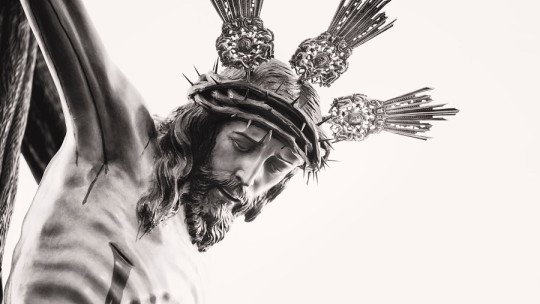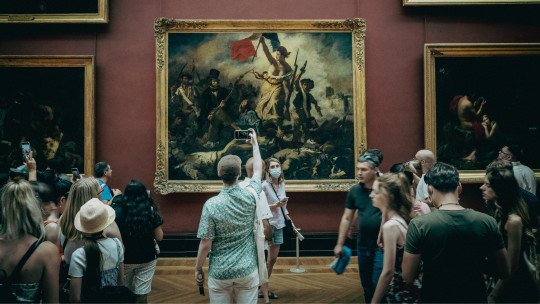
We have all gone to a museum at some point. Nowadays, there are many museum offerings available, and greater awareness of cultural heritage has led to a higher rate of visits to the various museums around the world. The data speaks for itself. More than 3 million people visited the Prado Museum (Madrid) last year, and the Louvre in Paris closed in 2023 with a whopping 9 million people, which, according to sources at the Parisian museum, is 14% more than during 2022.
At first glance, these data are very positive. However, should we always read it like this? Is the increase in visitors directly proportional to an increase in interest in culture, or is it a type of visit, let’s say, more “touristy”? And what role do social networks play in all this…? In today’s article we propose an approach to how museums are experienced in the 21st century, and if everything is good news or, on the contrary, there are not so positive factors that must be taken into account.
Museums in the 21st century: what the artistic experience of modernity is like
Artistic collections have always existed, but they have not always been public. In general, Before the 18th century, those fortunate enough to own works of art jealously preserved them in their properties. At most, they showed them with pride to illustrious visitors, since the possession of a painting or sculpture by a renowned author was synonymous not only with wealth, but also with good taste.
With the advent of the 18th century (the so-called Age of Enlightenment) and the consequent expansion of knowledge, art began to be seen as a common good that needed to be made available to everyone. One of the first centers to open its collections were the Capitoline Museums, in Rome, in 1734. The Louvre in Paris did so in the midst of the revolutionary era, in 1793, and the Prado Museum, recently inaugurated in the 19th century, in 1819.
From a privileged place to a receptacle of national identity
Despite being open to the public, initially these museums were frequented by intellectuals and artists. This was due, in large part, to the still low literacy rate; Despite the Enlightenment and social progress (which supported, among other things, the universalization of education), museums continued to be the “privileged” places that they had always been for many decades.
As the 19th century progresses, we find a greater influx of visitors to the different museums of the world. Hand in hand with the political and social upheavals, which establish more or less democratic regimes throughout Europe, we find the idea (in constant rise) of heritage, especially linked to Romanticism and nascent nationalisms. Nationalism recognizes the idea of community and, therefore, the cultural heritage of people, which is why museums are beginning to be seen as receptacles of goods of a not only cultural nature, but also identification.
A clear example is found in the notorious robbery of La Gioconda, which occurred in 1911 and made Da Vinci’s work appear in all the newspapers in the world. A few years later, when no one expected to recover it, the Mona Lisa was found in a dilapidated hotel in Florence. The thief, a certain Vincenzo Peruggia, claimed that he had stolen it to “return to Italy what belonged to him.” That is to say, Peruggia wanted to recover what he considered Italian national heritage.
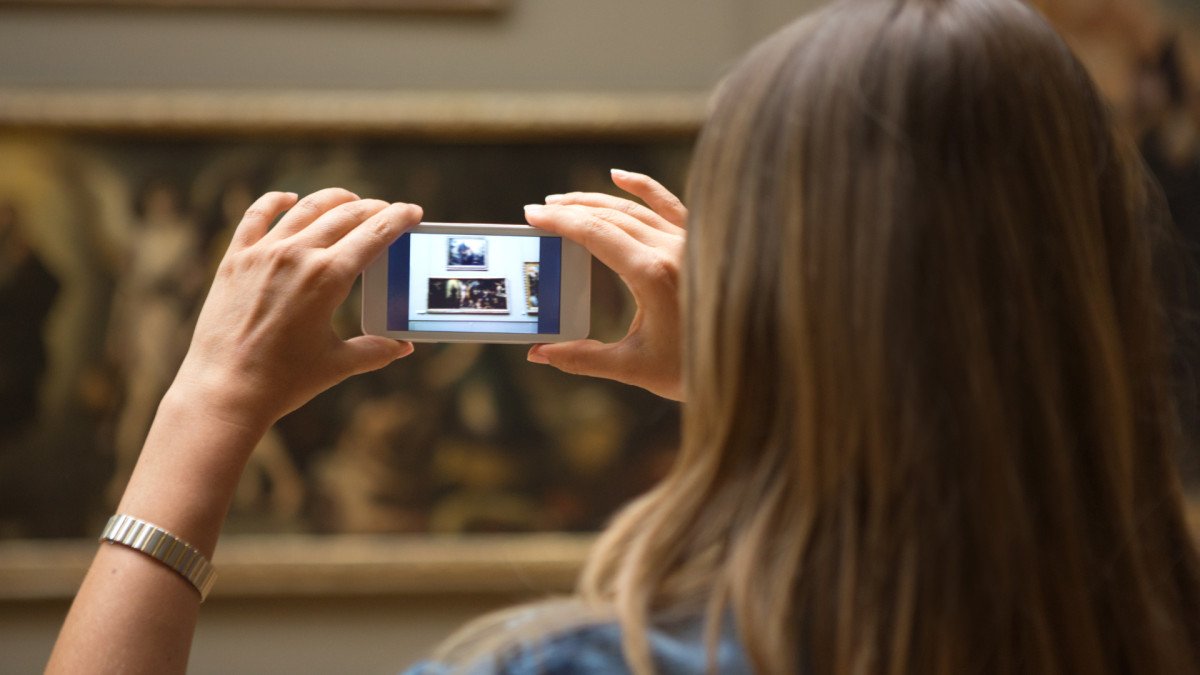
The democratization of art
Without a doubt, the 20th century is the century of the democratization of art. Especially with the rise of new technologies starting in the middle of the century, artistic works began to sneak into many places beyond the museum that housed them. Photography, of course, facilitated knowledge of works that were not available, because, although this was previously done through copies and engravings, photographic material is much easier to obtain, and also more economic
Television and cinema also contributed to the expansion and, therefore, to the democratization of art. In the middle of the century, pop art (literally, popular art) was all the rage, precisely giving another twist to the artistic experience and putting it in the hands of everyone. Finally, the appearance of the Internet at the end of the century meant that anyone with a computer and a connection could access countless images of famous works of art.
On the other hand, this democratization of art has also been reflected in the growing interest of museums in bringing works closer to the public. What was once the exclusive heritage of an elite, is now the heritage of everyone and, therefore, art centers design varied and interesting programs to make art known to the general public in a simple and easy way. Especially noteworthy are the activities aimed at children, in which the language is adapted so that the little ones can immerse themselves in the artistic world from their childhood. All of this is obviously a very positive thing. But let’s go back to photography, which we talked about at the beginning of this section.
A selfie with La Gioconda
Well, we agree that it is one thing to see a work on a screen and quite another to see it live. Direct experience allows us to fully enjoy the work in question, since only by being close to the original can we perceive all its nuances. Not even a photograph taken with the highest quality offers the same possibilities as contemplating the work in situ.
However, in light of what we see daily in museums, we can ask ourselves, does this matter to people? Let’s get situated. We are in the Louvre, in the La Gioconda room (the same one that owes its enormous fame almost exclusively to the robbery of 1911). Dozens of visitors stand in front of it and focus their mobile screens on it. Many are included in the shot, in a kind of selfie.
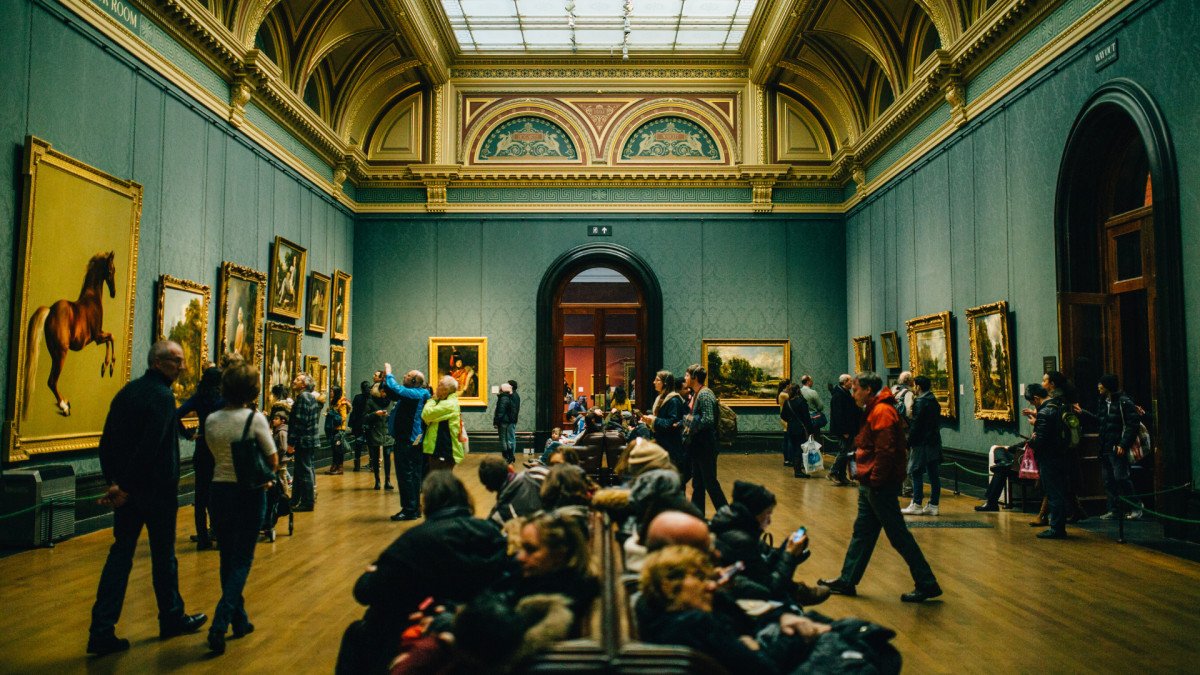
The objective is to take a photo of the Mona Lisa; a photo that, probably, and due to the distance (it is behind safety glass), the crowd and the reflections, will not turn out exactly well. If we want to see La Gioconda in a photo, it is much easier to see it through Internet resources.
Any museum worth its salt has, nowadays, a fantastic website where we can even zoom in on the most interesting details of the work. But not; These people want to have a photo of the Mona Lisa. They want to get their own photo. A photo that will most likely be mixed with the more than two hundred snapshots on the mobile phone and that we will never, ever see again.
Museum challenges for the future
What conclusion do we draw from this? First, that the idea of possession is inherent to our capitalist culture. We cannot just go and see the work; We have to possess it, even if it is through a poorly taken photo in which you can barely distinguish anything. On the other hand, there is the concept of I was here, which is not at all something exclusive to modernity (remember Eyck’s Johannes Fuit hic from the painting Arnolfini Marriage). However, it is no less true that the era of social networks (and, therefore, of the much-mentioned posturing) has only strengthened this idea.
Thus, it seems that a large majority of people who go to museums do so simply to attest that they have been there. It’s inconceivable to go to Paris and not see the Louvre, right? Better said, it is unthinkable to go and not see La Gioconda. The rest of the museum is the same, actually. What counts is what others will think if I go to the Louvre and don’t take a photo with the lady with the enigmatic smile.
We live in a dynamic time that does not find rest or full satisfaction in practically anything. We save millions of photos from millions of places on our phones that we don’t even remember we have. We fill our brain hard drive with infinite information that only keeps us in continuous stress. And, above all, the aforementioned posturing of the networks, the one that makes us post a blurry photo of La Gioconda just to receive the appropriate amount of likes we need to get through the day.
Let’s return to the question we raised at the beginning. Does the increase in visitors to museums actually correspond to a greater interest in art? Apparently not. It is a symptom of our consumer society, where everything has to be done quickly, more harm than good. Perhaps one of the cultural challenges of the future is to consider visitor numbers not from a point of view of quantity, but rather from a point of view of motivation for the visit. Because if the majority of these visitors go only to photograph La Gioconda (or whatever work), we are not doing something right.
